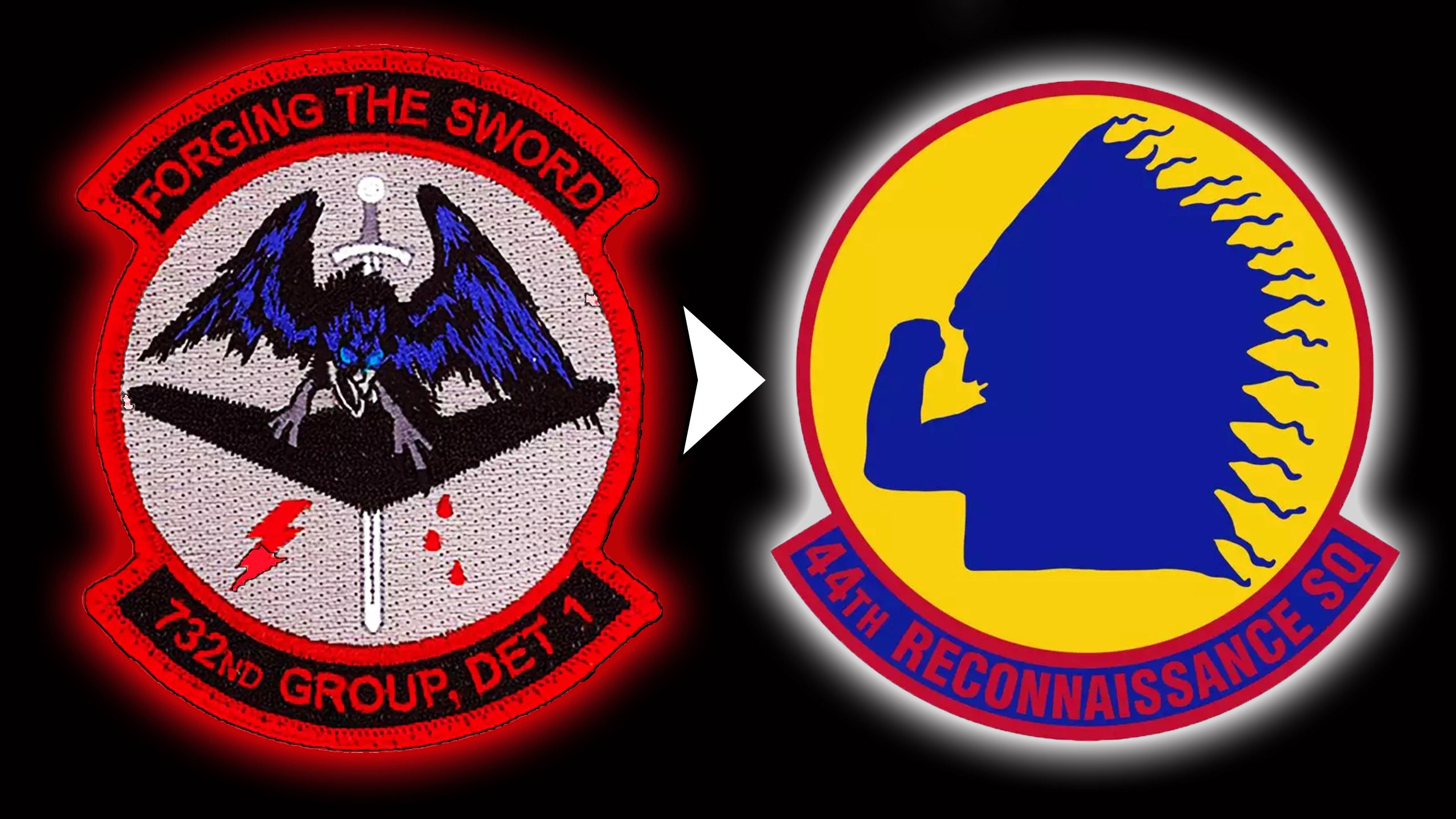One of the U.S. Air Force’s most secretive drone squadron appears to have been hiding, at least in part, in plain sight for at least five years. Following an in-depth investigation, including official statements and information we previously obtained via the Freedom of Information Act, we at The War Zone can now provide an exclusive and unprecedented look at what is now known as the 44th Reconnaissance Squadron and offer insight as to what tasks the shadowy unit might be performing today
The 44th Reconnaissance Squadron officially stood up at Creech Air Force Base on April 1, 2015. At that time, it joined the 732nd Operations Group, part of the Air Force’s main drone unit, the 432nd Wing, which also calls the base located north of Las Vegas in Indian Springs, Nevada home.
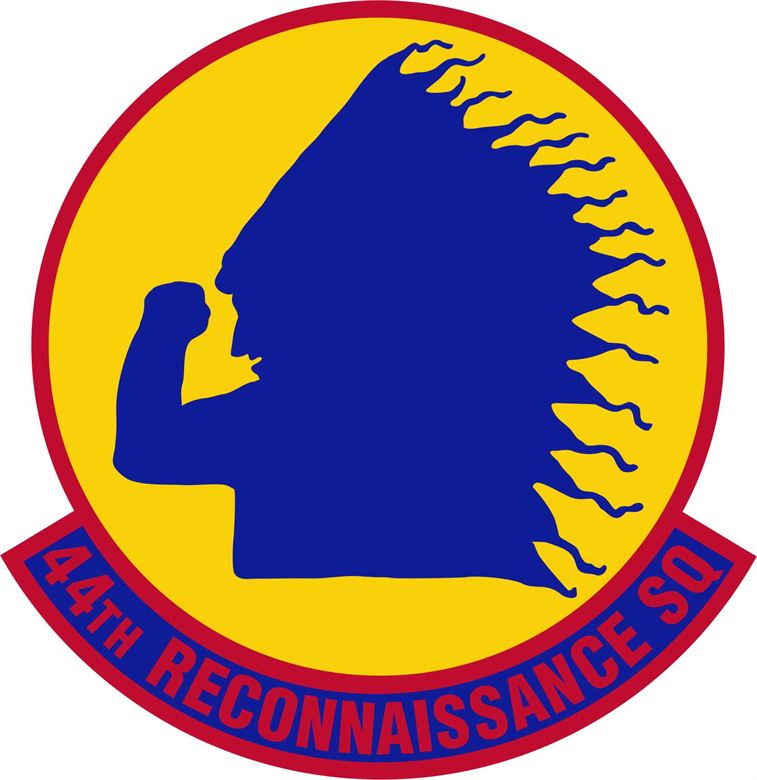
This squadron and its predecessors likely represent yet another previously missing link in the evolution of advanced unmanned aircraft capable of penetrating contested airspace and persisting there for extended periods of time.
Origins of the 44th Reconnaissance Squadron
Before 2015, the unit had not been active since 1946, when it was known as the 430th Bombardment Squadron, Very Heavy. The organization flew B-29 bombers over Japan during the latter stages of the Second World War. But the unit as it exists today actually dates back to at least Feb. 21, 2013, with the creation of 732nd Operations Group, Detachment 1 headquartered at Creech AFB.
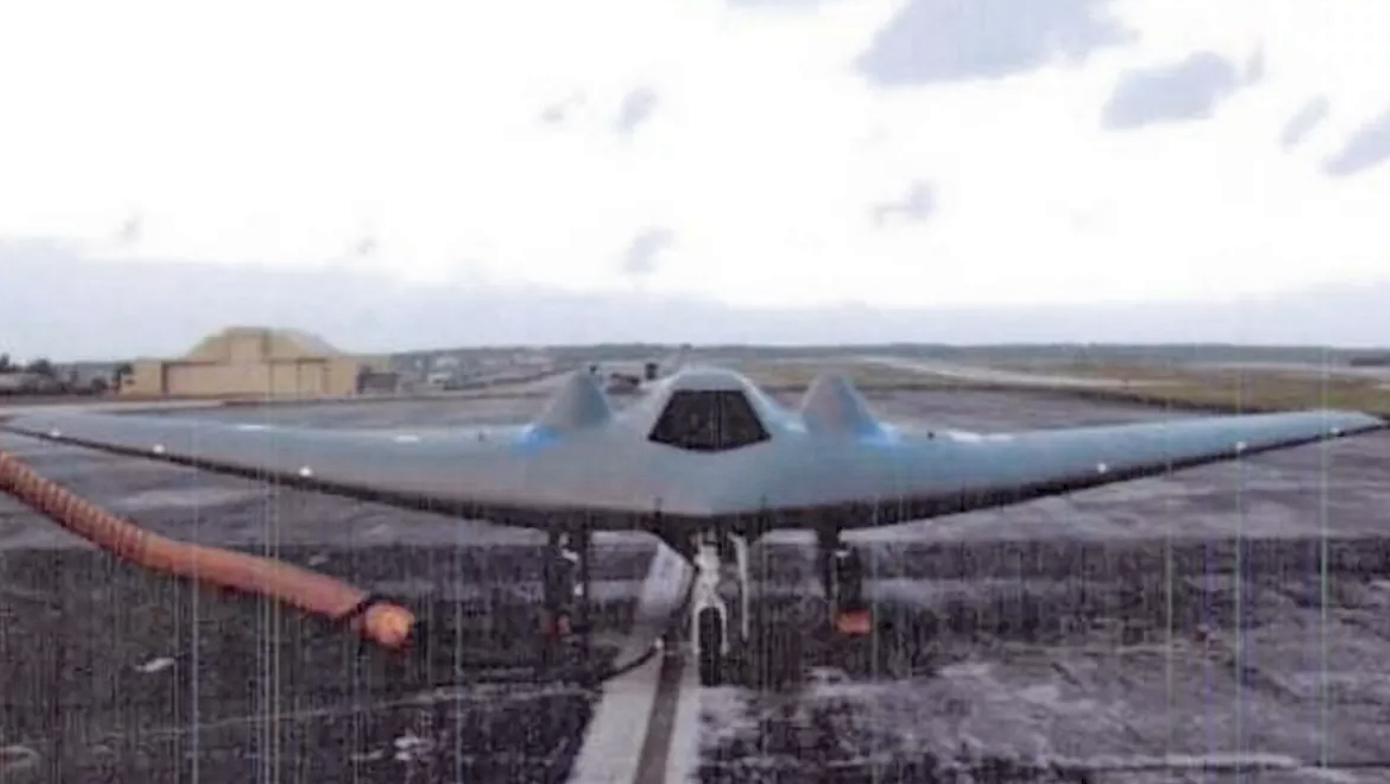
In October 2017, an image of what appears to be an unofficial morale patch for 732nd’s Detachment 1 appeared on social media. After further investigation, the same patch was for sale online from various outlets. The logo features a silhouette of the stealthy and still highly classified RQ-170 Sentinel, along with an inverted sword, a red lightning bolt, three red drops of blood, and the motto “Forging The Sword.”
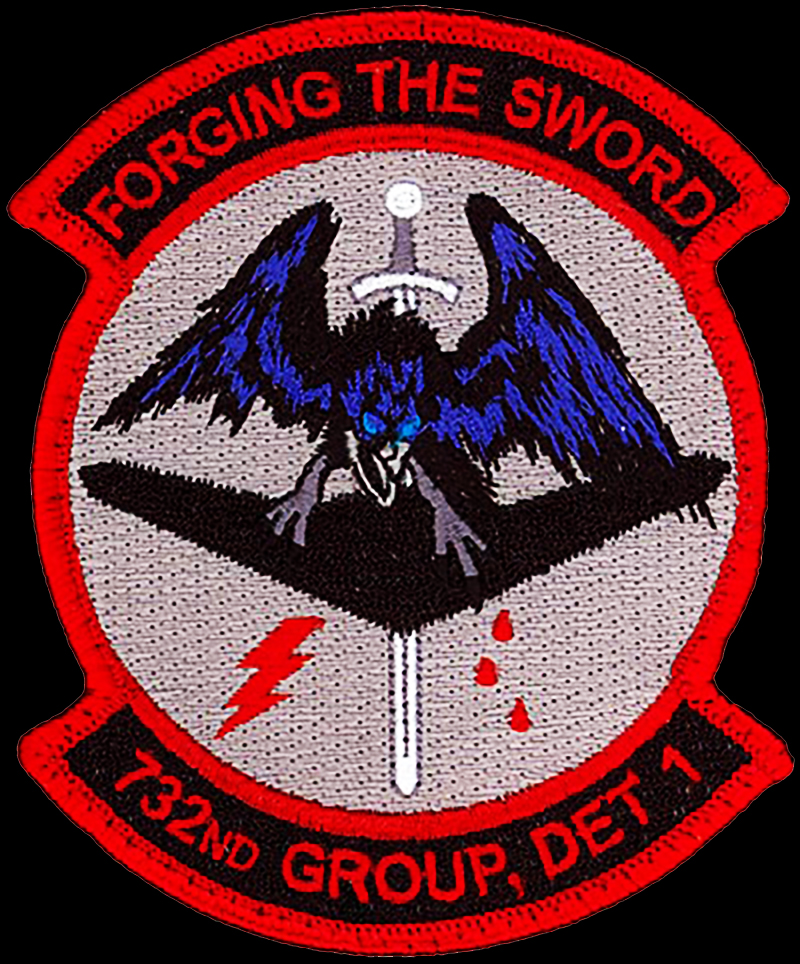
On top of that silhouette is a blackbird in the exact same style as the one on the official insignia of the 30th Reconnaissance Squadron. This is another unit assigned to the 732nd Operations Group and the only one the Air Force has ever publicly acknowledged as flying the stealthy RQ-170.
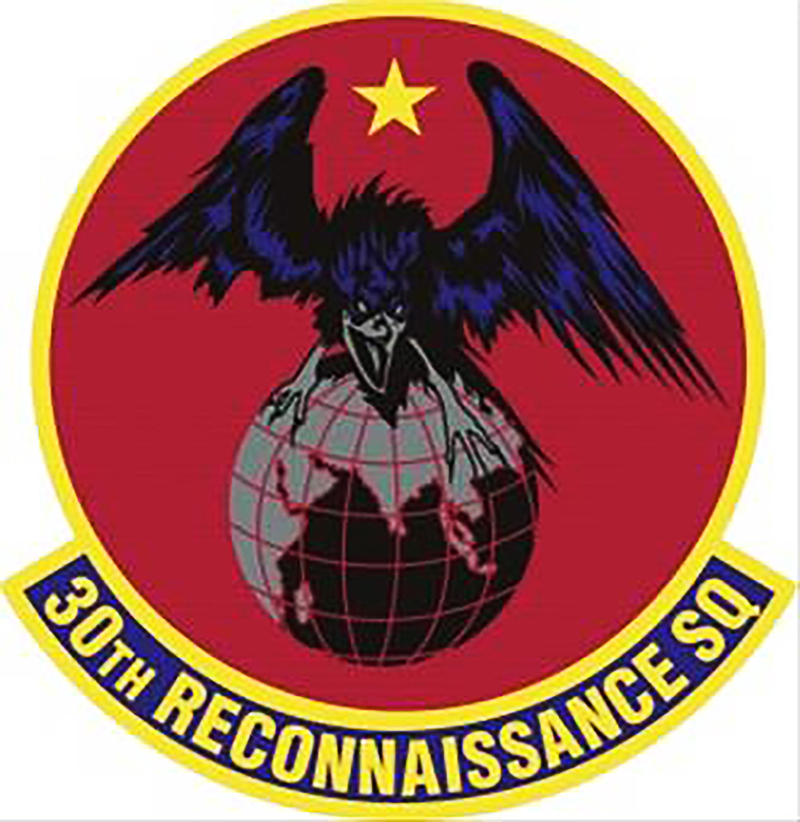
In a phone conversation with The War Zone, an Air Force spokesperson confirmed that the 30th Reconnaissance Squadron still does fly the batwing RQ-170 drone. They, along with other public affairs officers, declined to offer any details about Detachment 1’s activities and would not confirm or deny whether it did indeed fly the RQ-170 for a time, as well.
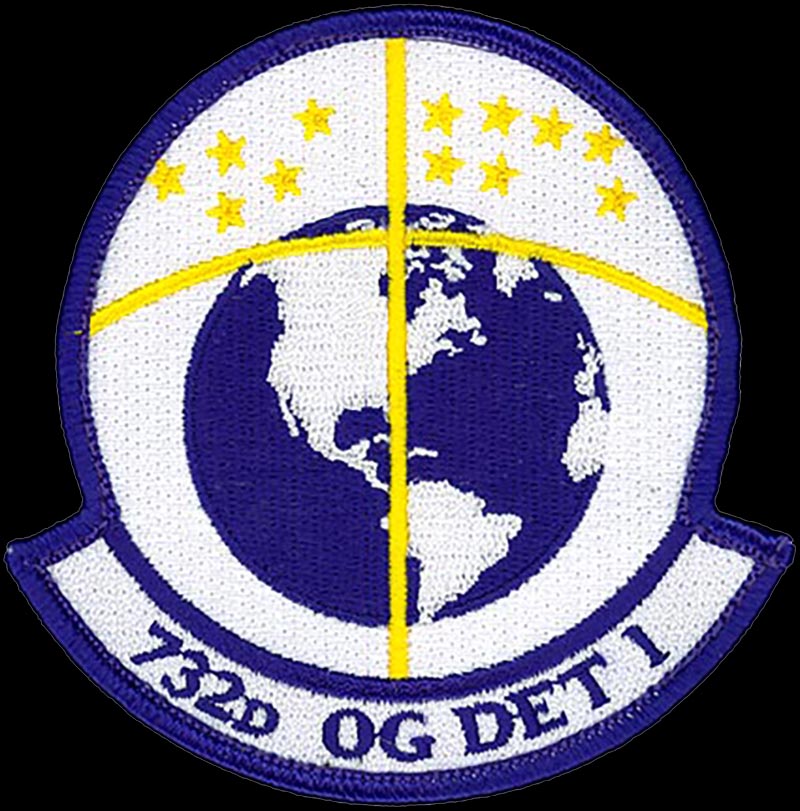
However, the fact that the Air Force created a subdivision of the unit in the exact same location as its main headquarters is already a significant detail. In the Air Force, detachments are usually groups of individuals tasked with overseeing a particular subset of a unit’s activities, but very often they exist because that work is occurring at a physically separate, tertiary site.
The existence of a detachment can also indicate the presence of a highly specialized subdivision of a particular unit or a somewhat larger force that is tasked with remote operations at a separate facility, for one reason or another.
Secretive Detachments
Though detachments often perform mundane tasks, there are many examples of the Air Force using this arrangement with regards to testing or operating clandestine platforms. For instance, in 1992, the Air Force shut down the “Red Hats” of the 6513th Test Squadron, which secretly conducted technical evaluations of various captured foreign aircraft at the remote Tonopah Test Range Airport. It transformed its remaining elements into 413th Test Squadron, Detachment 3, which reportedly continued that work at Groom Lake, better known as Area 51, until 2004 and likely beyond that date in one fashion or another.
A similar thing happened to the equally secret “Red Eagles” of the 4477th Test and Evaluation Squadron, which actually flew foreign combat aircraft from Area 51 until 1990, at which time a portion of the unit became 53rd Test and Evaluation Group, Detachment 3. That unit, officially situated at Nellis Air Force Base in Nevada but operating out of Area 51, continues to be responsible for “foreign materiel exploitation” to this day and is likely combined with the remnants of the Red Hats to some degree.
The F-117 Nighthawk’s development and early operational fielding were also associated with a detachment that worked to test the aircraft and get its initial pilot cadre into the air. F-117a.com states:
“The current day 410th Flight Test Squadron traces its history to the formation of the SENIOR TREND Joint (later Combined) Test Force. (Detachment 2, R unit) The unit was established in 1980 as joint test force of Lockheed and Air Force personnel at Groom Lake, Nevada… This acceptance test squadron had no name operated at Groom in the early days. The Baja Scorpion was quickly adopted as the symbol of the Lockheed-USAF development effort. The scorpion symbol is the symbol of all F-117A testing. Both the Baja Scorpions and the Dragon Test Team mark their aircraft with the Scorpion.
In 1989, the 37th Tactical Fighter Wing replaced the secretive 4450th Tactical Group, which had previously flown the F-117 out of the Tonopah Test Range Airport. That top secret unit was officially based at Nellis Air Force Base. It had its own Detachment 1 for a time at Tonopah, which subsequently transformed into the 4452nd Test Squadron, another example of how detachments can help conceal larger units performing classified activities.
The USAF’s testing operations at the secretive Area 51 are run by the Air Force Flight Test Center’s Detachment 3. The main body of that unit is situated at Edwards Air Force Base.
More closely related to the story at hand, in 2011, the 30th Reconnaissance Squadron created its own physically separate Detachment 1 at Vandenberg Air Force Base in California. Sentinels had been spotted flying out of the base in the years that followed, and a specially configured RQ-170 appeared at that base in 2017, a story that The War Zone broke.
April Fools’ Day 2015
While we don’t have an official description of its activities, we do know that the 732nd’s Detachment 1 ceased to exist at Creech AFB on April 1, 2015. That exact same day the 44th Reconnaissance Squadron came into existence at the base.
We also have strong indications that this entire arrangement existed as a public parallel to an unacknowledged drone effort, likely at somewhere other than Creech Air Force Base, or as an outright cover for that work.
For one, squadrons are usually larger units than detachments, indicating that while it may have absorbed the previous detachment, it also almost certainly added additional personnel and likely more aircraft on top of its original structure. And there is some evidence to suggest these added resources came from a unit already operating in secret.
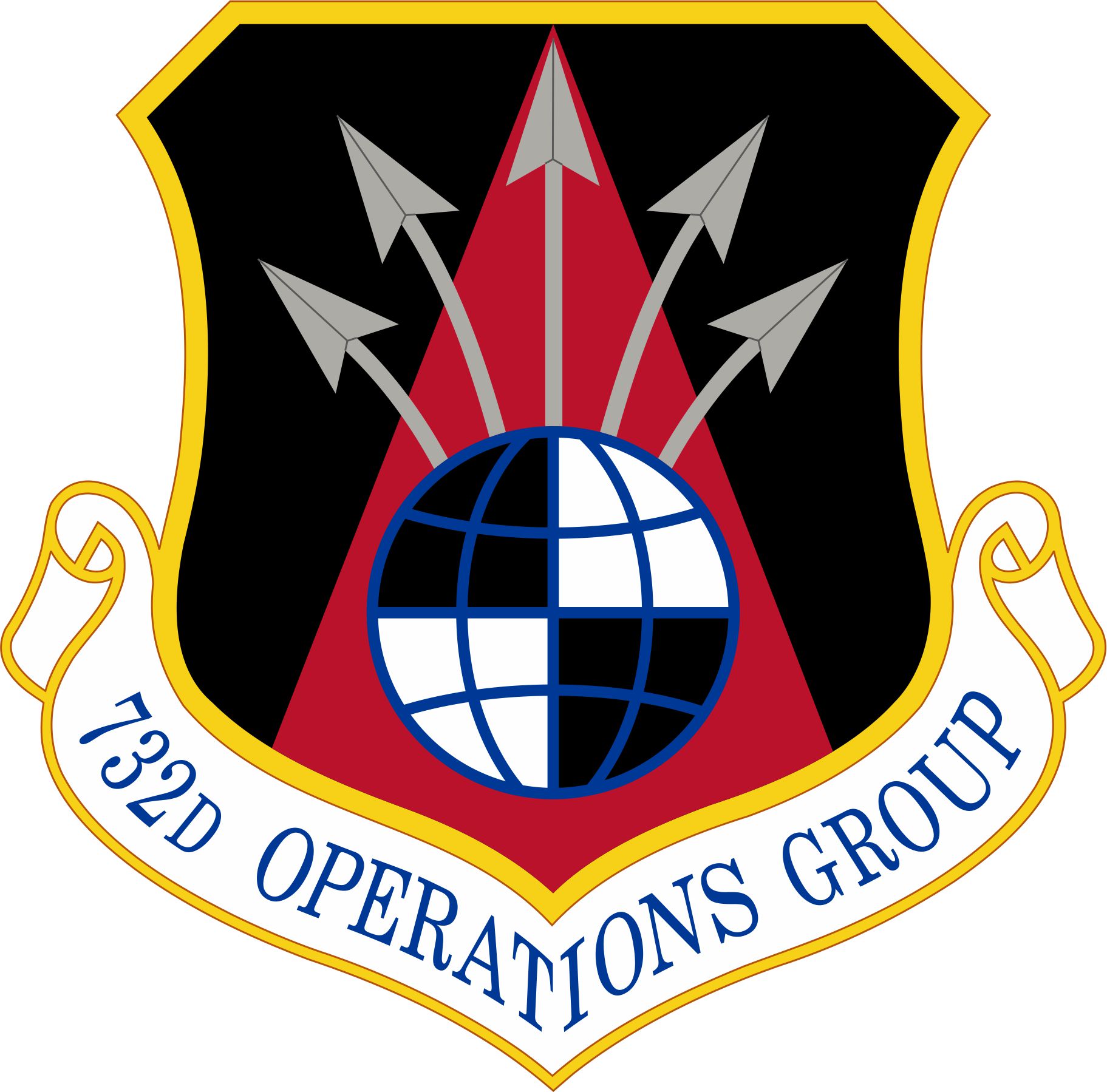
The 732nd Operations Group’s official insignia features five triangular “deltas.” These “represent the original five squadrons of the group as well as denote the unit’s flying spirit and its overarching values of innovation and excellence,” according to a formal description we obtained from the Air Force Historical Research Agency.
The issue here is that when the Air Force created the 732nd Operations Group in 2012, the only publicly assigned units were the 17th, 22nd, 30th, and 867th Reconnaissance Squadrons – at that time all but the 30th were officially flying MQ-1 Predators or MQ-9 Reapers. When the service approved the unit’s logo in 2014 that was still the case.
Even the official internal histories of Air Combat Command, which oversees the entire 432nd Wing – documents that the Air Force previously classified as secret, which we obtained via the Freedom of Information Act – do not mention the fifth squadron in the years before the establishment of the 44th Reconnaissance Squadron.
A “missing” squadron
It is possible that this fifth delta could represent Detachment 1, but it seems unlikely since it specifically says “squadrons” and does not make a reference to the unit’s headquarters. The 732nd Operations Group did not exist in any form prior to 2012 so it cannot be a call back to a previous incarnation of the unit, either.
This reference to an apparently “missing” squadron also came after the somewhat curious decision to move the 30th Reconnaissance Squadron from the more remote and secretive Tonopah Test Range Airport to Creech Air Force Base proper in 2011. We had long assumed that this unit continued to operate all of the USAF’s estimated 20 to 30 RQ-170s, but this may not have been the case.
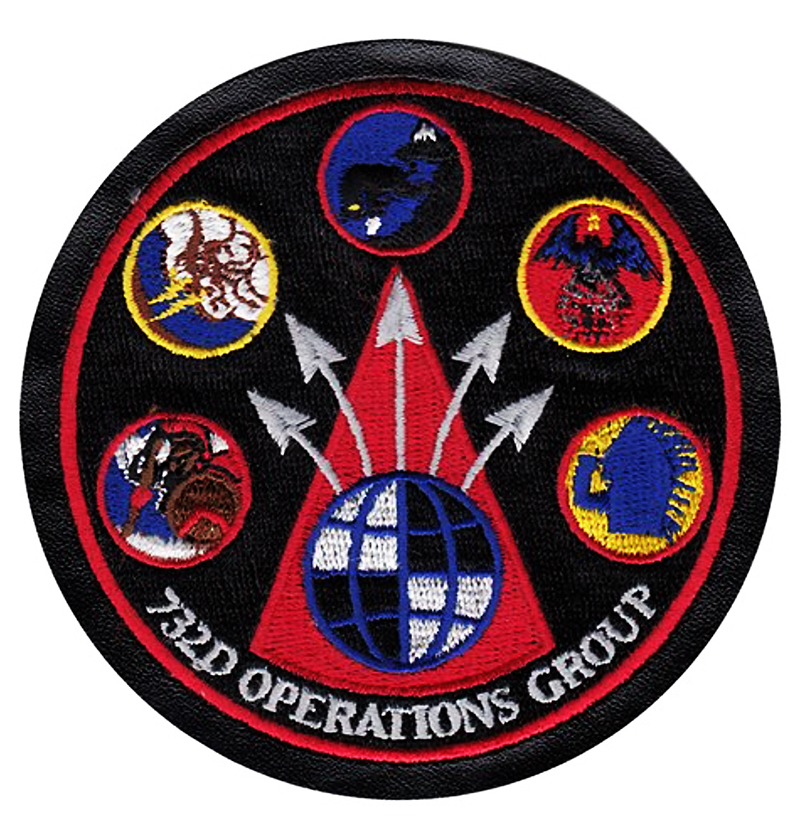
Other morale patches available online point to the 44th Reconnaissance Squadron continuing on from 732nd Operations Group Detachment 1 and operating at least some of the Sentinels. Of course, it could just as easily operate other still classified unmanned aircraft, including derivatives of the RQ-170, or a mixture of RQ-170s and other clandestine drones. The shape of the RQ-170, which is publicly known and has even been distributed in official aircraft recognition guides, could also be used to represent any low-observable unmanned aircraft system in non-classified squadron materials.
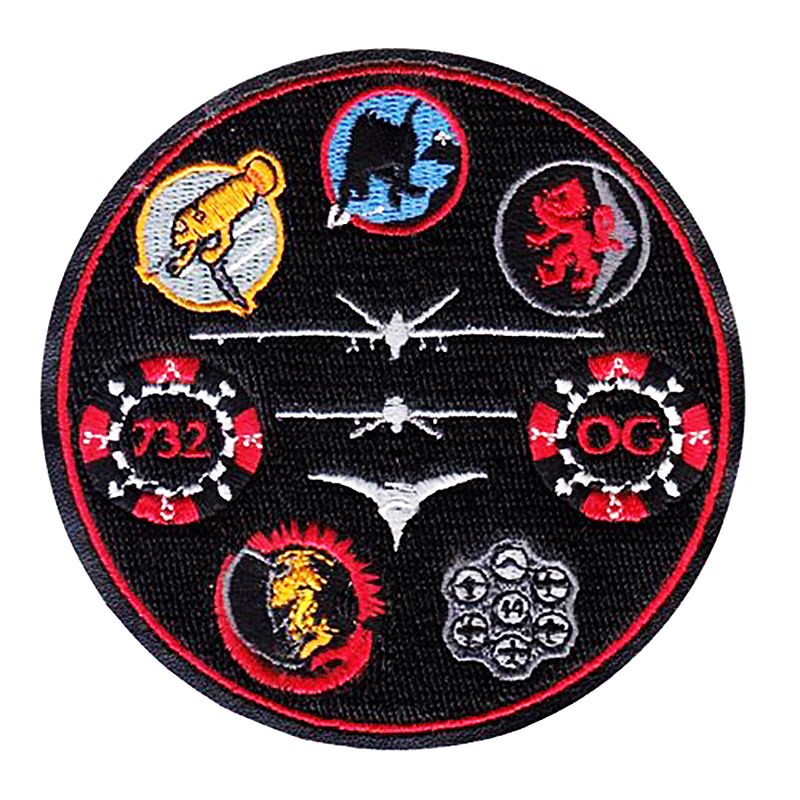
The Air Force has declined to say what types of aircraft the 44th Reconnaissance Squadron is flying at present. “I have no other information to provide in regards to your questions” was the final response from an Air Force spokesperson when we pressed them on the matter after what had otherwise been a very active and helpful dialogue.
Who’s flying the RQ-170?
Adding to the mysterious nature of the 44th Reconnaissance Squadron, and its relationship to both the 30th Reconnaissance Squadron and 732nd Operations Group Detachment 1, there is some official confusion about when any units assigned to the Operations Group began flying the RQ-170 at all.
Despite the Air Force’s official statement that the 30th Reconnaissance Squadron does operate the stealthy drones, the Air Force Historical Research Agency initially said the 732nd Operations Group did not begin flying the type until 2015, three years after it gained control of the 30th Reconnaissance Squadron and the same year the 44th Reconnaissance Squadron came into being.
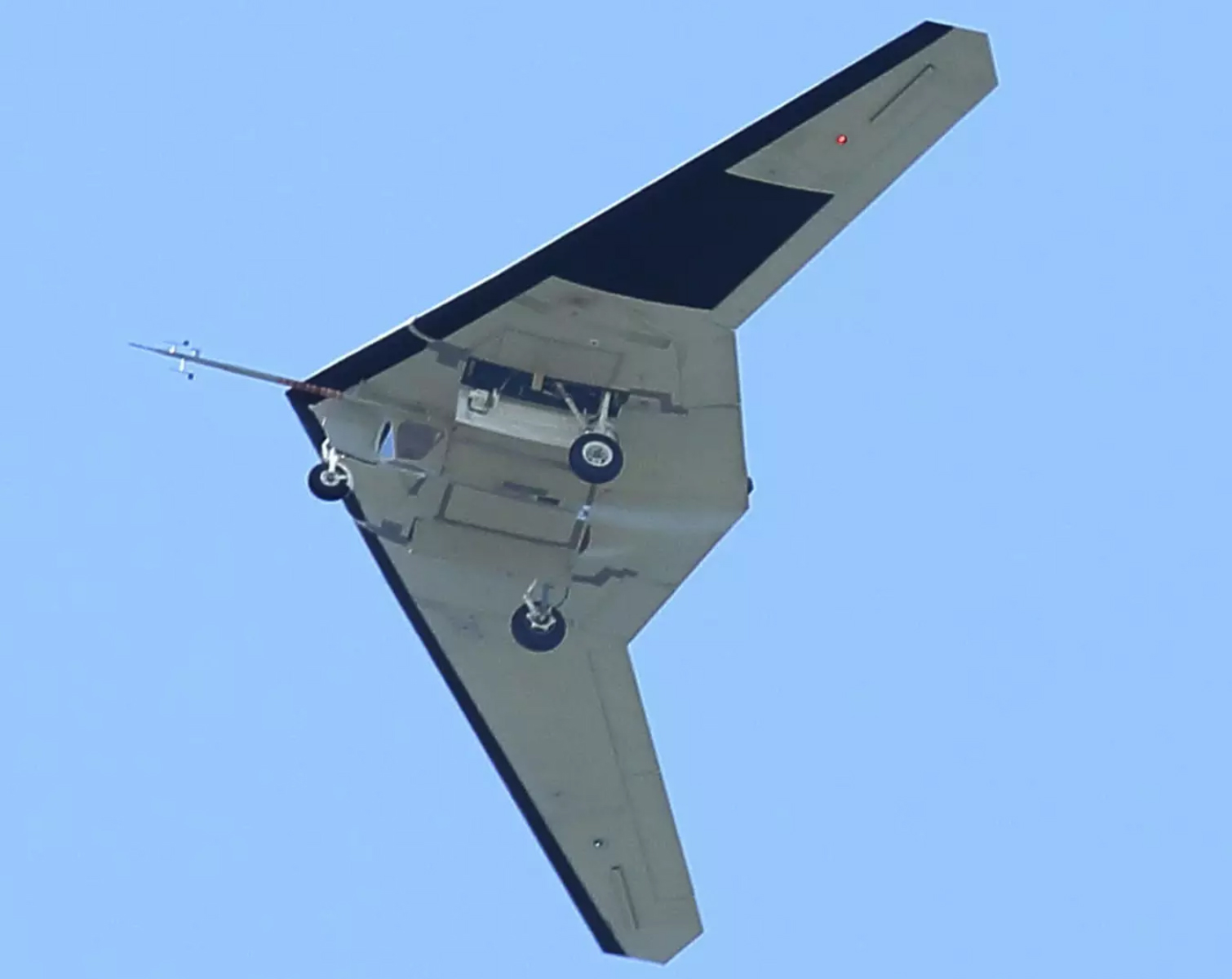
When we asked the Air Force Historical Research Agency about this discrepancy, they reached out to the 432nd Wing for clarification. We don’t know what those subsequent conversations entailed, but instead of correcting their own entries, the Air Force’s top historical arm stripped all mention of the RQ-170 from its on- and offline documentation about the 732nd Operations Group. This was done based on “advice from the [432nd’s] wing historian and Public Affairs [Office],” the Air Force Historian we had been working with on the matter told us afterward, before directing us to contact a higher headquarters for any additional information.
The 732nd Operations Group might be home to one or more top-secret drone programs, or at least offer a public face to obscure that clandestine work, which wouldn’t necessarily be surprising. Available information already strongly suggests that the entire Group exists, at least in part, to help manage the Air Force’s semi-covert “gray” drone activities in close coordination with the secretive Joint Special Operations Command, the Central Intelligence Agency, and other elements of the U.S. Intelligence Community.
The 30th Reconnaissance Squadron, with its RQ-170s, is perhaps the most obvious indicator of the 732nd’s more specialized mission sets. That squadron’s stealthy drones have flown covert missions over denied areas in Iran and likely North Korea, and helped monitor Osama Bin Laden’s compound ahead and during of the famous raid that led to his death. But other reports have also tied the 17th Attack Squadron, previously known as the 17th Reconnaissance Squadron, which flew MQ-1 Predators and now operates MQ-9 Reapers officially, to CIA-orchestrated drone strikes in Pakistan.
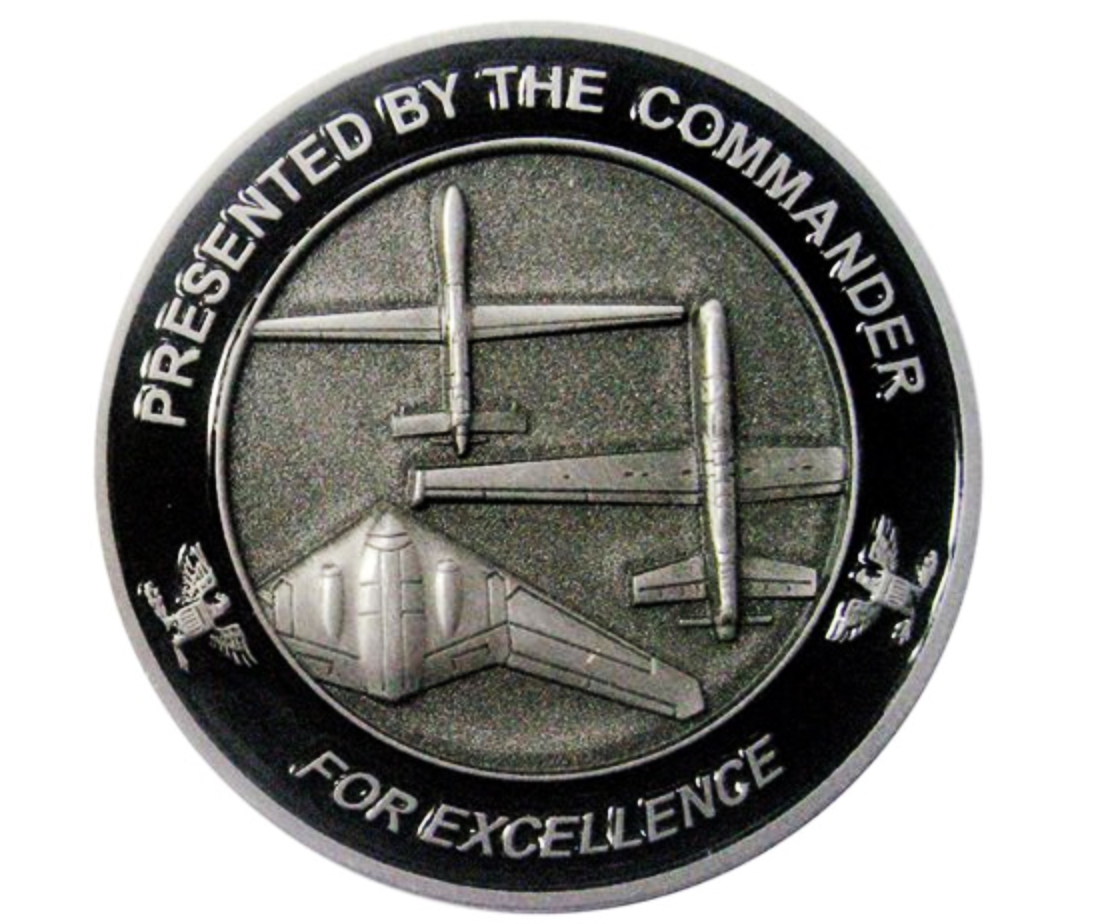
At present, the 732nd Operations Group still controls two additional Reaper units, the 22nd Attack Squadron and the 867th Attack Squadron. Both of these were previously known as reconnaissance squadrons before the Air Force made the decision to redesignate all MQ-9 units attack squadrons, owing to the fact that the drone can perform intelligence, surveillance, reconnaissance and strike missions. Still, there is very little public information about these two squadrons and their operations.
Secret units for highly specialized missions
All told, we can be reasonably sure we know the name of at least one secretive drone squadron and what’s become the 44th Reconnaissance Squadron has been associated with aircraft still operating in the clandestine realm. We don’t know for sure exactly what the outfit’s missions is or the exact type (or types) of secretive aircraft it flies, but we have some theories.
The unit’s morale patch may offer some interesting clues as to what it is up to, or at least what it was up to while it was a detachment. The ‘forging the sword’ moniker and the RQ-170’s silhouette, in particular, are intriguing. It would seem that this detachment had something to do with developing new concepts of operations and capabilities sets for either the stealthy RQ-170 design or one similar to it—capabilities that were potentially kinetic in nature. We have long posited that a small semi-operational group of unmanned combat air vehicles (UCAVs) exist in the classified world in a similar fashion to how the F-117 was operated for the better part of a decade in total secrecy out of Tonopah Test Range Airport.
It’s more likely than not that this aircraft is an evolutionary sibling of the RQ-170 Sentinel. There are a number of reasons for this conjecture which you can read all about here, but suffice it to say evolving the Sentinel from a penetrating reconnaissance platform to one capable of strike and possibly electronic warfare missions is glaringly logical. So much so that Lockheed’s Skunk Works planned on adapting the RQ-170 for the Navy’s now-defunct carrier-based UCAV program. That aircraft was called the Sea Ghost. And it’s very possible, if not probable, that the Sea Ghost was actually based on an existing land-based strike-capable iteration of the RQ-170 Sentinel. This notional aircraft is often referred to unofficially as the ‘Super Sentinel.’
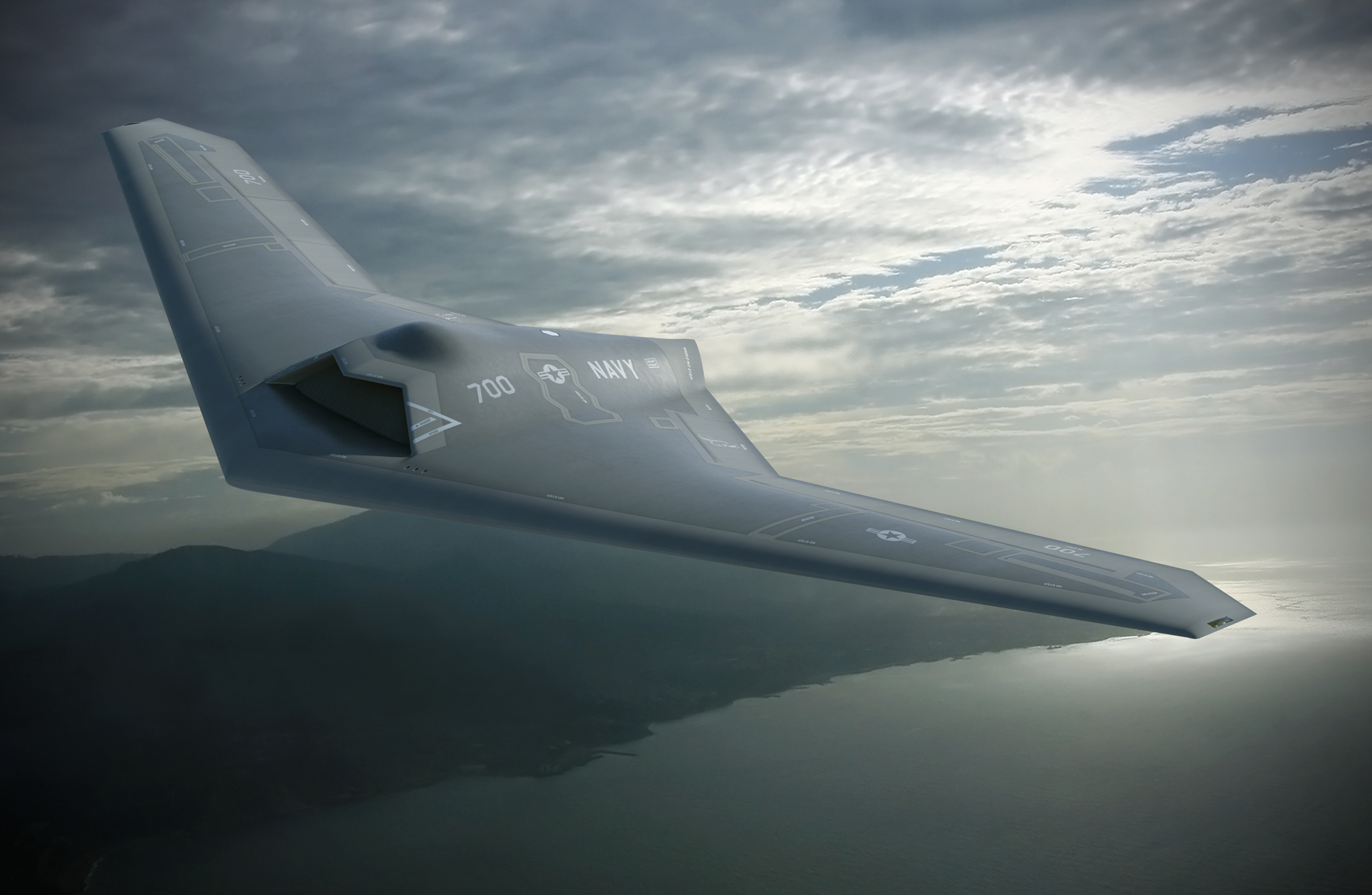
The patch showing the lightning bolt (usually associated with electronic warfare) and the drops of blood (usually associated with kinetic attack) as if they were being released from below the RQ-170’s silhouette may also point to these new capabilities. ‘Forging the sword’ seems to also allude to the development of a new kinetic stealth drone capability and the unique concepts of operation needed to execute that mission.
It’s also worth noting that although we seem to have decent insights into Boeing’s and Northrop Grumman’s individual sagas when it comes to trying to field an operational UCAV for the Pentagon, Lockheed’s involvement with these projects has been far more opaque. One thing we do know is that the company did succeed in producing the first known stealth drone that reached operational service. As such, it would be the top choice for pushing the penetrating tactical unmanned strike aircraft concept into an operational state. Once again, this is all better detailed in our past special feature on the Pentagon’s mysteriously missing UCAVs.

Another possibility is that the unit has assumed operations of what is likely a very limited number of so-called RQ-180 high-altitude long-endurance (HALE) very stealthy reconnaissance drones. This aircraft, which the USAF has all but outright admitted to existing, is largely understood to be a Northrop Grumman product.
The RQ-180 is thought to provide somewhat similar capabilities as the RQ-4 Global Hawk but it can survive on the edges or even well into contested airspace and persist there for long periods of time. It seems that this large drone has likely been flying for the better part of a decade, so making its transition over to an operational squadron in 2015, when the 732nd OG Detachment One ceased to exist and the 44th Reconnaissance Squadron was officially established, is quite plausible.
Yet one thing to consider is that its mission would have much more in common with those flown by the RQ-4 strategic reconnaissance aircraft. This asset is headquartered out of Beale AFB in Northern California, not at Creech AFB. Additionally, the 732nd OG is focused on tactical reconnaissance, with aircraft like the MQ-9 Reaper and RQ-170, not strategic ones. We also come back to the 732nd OG Detachment 1’s patches, which clearly show a RQ-170 silhouette, not that of a stealthy HALE drone or something fictional to stand in for it.
The great procurement debate
If either of these platforms are indeed operational and flying with a USAF squadron in the classified domain, their existence is not being factored heavily into major Pentagon procurement decisions or the critical debates that go along with them. This is a major issue as the USAF continues to buy throngs of short-ranged manned stealth fighters at great cost and to invest heavily in various reconnaissance platforms and entire intelligence-gathering ecosystems that aren’t nearly as survivable as what an aircraft like the RQ-180 could theoretically provide.
The USAF’s willingness to cancel its E-8C JSTARS radar aircraft recapitalization plan for a vague ‘distributed model’ of radar-carrying aircraft, for instance, would be much better explained and supported if the existence of an RQ-180, or even a fleet of ‘Super Sentinels’ were disclosed. Those aircraft could potentially provide high-quality radar information and other intelligence and networking products while operating deep inside an enemy’s anti-access bubble—something that the Global Hawk or a bizjet configured E-8 replacement aircraft simply cannot do.
Although a positive development in some ways, the potential existence of a small classified fleet of operational UCAVs is also troubling for a whole slew of reasons, as we have discussed in great detail before. This is not some exotic “bleeding edge” concept or technology; it was proven a decade and a half ago. Back then it represented the biggest leap in air combat capability since the jet engine, then it totally disappeared from the USAF purview—at least publicly.
In fact, nowadays there is absolutely zero talk of UCAVs from the USAF. Instead, we get some manned-unmanned teaming concepts, which are not the same. UCAV’s leashed to manned aircraft may have their place, but such a concept drastically limits the UCAV’s potential. Clearly, the USAF and its industry partners have experimented deeply with networked and swarming UCAVs within the classified realm, but publicly, it’s as if the concept never even existed.
What’s most troubling is that deeply classifying such a capability isn’t likely about hiding new combat aircraft technology from America’s enemies. As we stated many times before, the UCAV concept was proven nearly a decade and a half ago. The Navy has since publically landed stealthy UCAVs on an aircraft carrier and refueled them in mid-air. The reality is that the existence of a tiny group of operational UCAVs may not pose much of threat to America’s most capable enemies, but it does pose a huge threat to marquee manned fighter programs—one, in particular, that is worth more than a trillion dollars over its many decades-long life cycle.
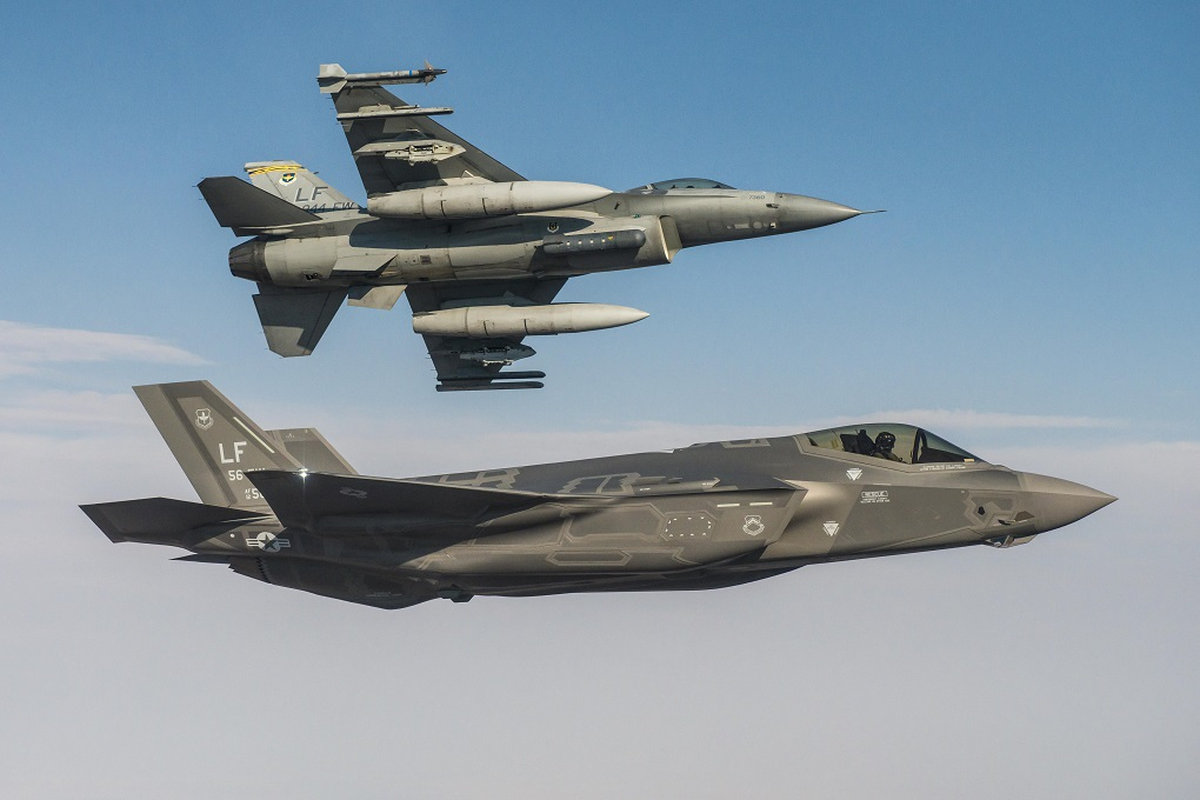
UCAVs can fly much farther than manned tactical jets without the reliance on vulnerable tankers, while still delivering an equal sized payload. And they can do all this without requiring or risking a pilot, and even potentially an armada of combat search and rescue aircraft and personnel, in the process. They can also be designed to be far harder to detect (more stealthy) and cost much less to produce and much less to sustain. UCAVs could also be procured faster and adapted to new missions quicker with much lower risk than their manned counterparts. And these are just a few of the many benefits of UCAVs.
So at least for some missions, they make much more sense than manned fighter aircraft. But that doesn’t mean it has to be an entirely ‘either-or’ proposition—a mixed fleet of manned fighters and UCAVs is best at this time—but it would be hard for the USAF to justify buying over 1,700 F-35s when UCAVs are also readily available.
Meanwhile, America’s prime technological peer-state adversary, China, is progressing quickly when it comes to UCAV capabilities, and that’s just based on what Beijing wants to show us. America’s own allies are also forging ahead with UCAV experimentation via aircraft like nEURon and Taranis. With all this in mind, the USAF would be hard-pressed to justify keeping a pocket UCAV force secret, considering how doing so loads the deck when it comes to critical decisions about the future makeup of the Air Force’s order of battle. And those decisions made today will have an impact over many decades to come.

Now it’s also possible that the 44th Reconnaissance Squadron flies the standard RQ-170 or maybe a less ambitious derivative of the aircraft. But then why keep it so secret when the type has been known to exist for a decade, and the USAF has already admitted to the unit’s sister squadron operating a fleet of them? Then again the unit could be flying something else altogether, but the evidence surely points away from that direction.
In the end, the existence of the 44th Reconnaissance Squadron could be our best indication yet that a major new drone program has moved into an operational state in recent years. At the very least it’s another sign that the USAF seems to want to hide its high-end unmanned capabilities as long as it possibly can.
Regardless of the finer details, the 44th RS is quietly flying something that the Air Force isn’t willing to talk about.
Contact the author: Tyler@thedrive.com
